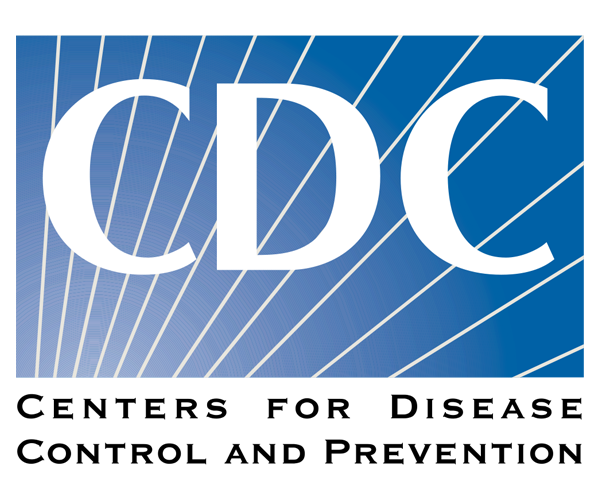In 2013, the Centers for Disease Control and Prevention corrected a lie-filled article entitled “Gifted students and Lyme disease” published in Gifted Child Today. Such articles may be used to justify Medical Child Abuse, which frequently occurs in groups dedicated to promoting “Chronic Lyme disease.”
The article was written by Patricia A. Schuler, a therapist with no infectious disease credentials. The pseudoscience group ILADS cites Schuler’s article as one of 700 articles it claims “support the evidence of persistence of Lyme and other tick-borne diseases.”
Of course, Schuler’s article does not support the existence of persistence of Lyme disease after science-based treatment. Schuler’s article also does not justify false positive diagnoses and inappropriate treatments given to children. Medical Child Abuse (sometimes called Munchausen by Proxy) is a serious problem in chronic Lyme groups.
Advocates for fake chronic Lyme diagnoses rely on people not to read the long list of 700 articles, which does not support their claims.
For better information, we recommend a review about Lyme disease in children by the American Academy of Pediatrics.

The letter to the editor of Gifted Child Today is below.
Article Corrections
Dear Editors,
We read with interest the recent article about gifted children with Lyme disease in Gifted Child Today. We would like to take this opportunity to correct some information presented in the article and provide trusted resources where readers can learn more about Lyme disease.
The term chronic Lyme disease is controversial and often misleading. Some health care providers diagnose “chronic” Lyme disease in patients with a variety of ailments, often without evidence of infection or physical symptoms consistent with Lyme disease. However, it is true that a portion of patients treated for Lyme disease can have significant persistent symptoms that may be due to an immune response or tissue damage. The correct term for this is “Post-Treatment Lyme Disease Syndrome” (PTLDS). It has not been clearly demonstrated, however, that these symptoms are due to persistent infection with Borrelia burgdorferi.
In the article, the author stated that “Lyme disease… is found in all 50 states.” In fact, Lyme disease is not acquired nationwide and is concentrated in specific regions. In 2011, 96% of Lyme disease cases were reported from just 13 New England, mid-Atlantic, and upper Midwest states. Of course, persons from any state may be infected during travel to high-risk regions. Because Lyme disease is reported by a person’s county of residence, not county of exposure, cases are occasionally reported from states where there is little to no risk of contracting the disease.
Finally, while certain symptoms of Lyme disease have been well defined in the medical literature, the exhaustive list of Lyme disease symptoms described in Table 1 is not consistent with the evidence. Many of the symptoms listed are either exceptionally rare in children (e.g., memory loss, vision problems), hypothetical (thyroid dysfunction), or entirely inaccurate (striated rashes, heightened allergic reactions). Moreover, the Jarish–Herxheimer reaction (sometimes referred to as “herxing”) is a rare syndrome seen within the first 48 hr of starting antibiotic treatment for some spirochetal diseases; the belief that “herxing” causes ongoing symptom flares in patients with Lyme disease is a fallacy for which there is no objective evidence.
Unfortunately, many children and adults have been burdened with the diagnosis of chronic Lyme disease when in fact their symptoms were due to another treatable condition. It is essential to find an accurate diagnosis for children’s symptoms. We encourage parents to seek a thorough evaluation to rule out other diagnoses before their child’s symptoms are attributed to chronic Lyme disease.
The Centers for Disease Control and Prevention (CDC) understands that Lyme disease can be a life-altering diagnosis for adults and children alike. We invite readers to learn more about Lyme disease by visiting www.cdc.gov/Lyme or www.aldf.com.
Sincerely,
Centers for Disease Control and Prevention
Copyright: Public domain, since it is a work of the US Government
Citation: CDC. Article Corrections. Gifted Child Today, Volume 36, issue 3, page 215. 2013.
Original article citation: Schuler, P. A. (2013). Gifted students and Lyme disease: What educators, counselors, and parents need to know. Gifted Child Today, 36, 35-46.